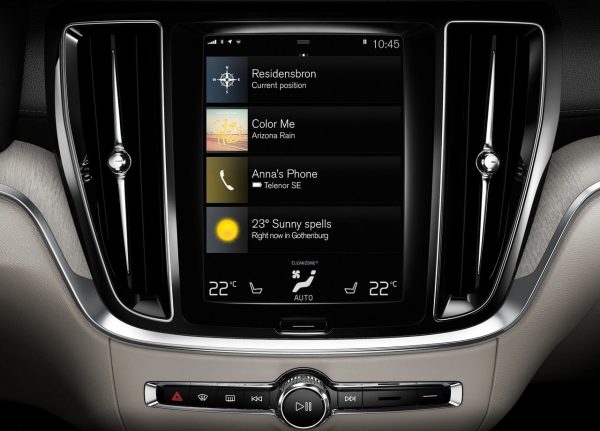Volvo Allows 3rd Party Developers To Build Apps For Its Cars
Volvo Cars have been on the warpath ever since Geely funding came in. Over the years, they’ve expanded profit and captured market share from traditional German rivals. This is mostly thanks to a full portfolio refresh for the company. Over the years, they’ve updated, added and even dropped models from their lineup. It’s clear this is a company that is all about optimising for the best strategy as fast as possible. And now they’re looking to people outside the company to optimise their infotainment experience with the ‘Innovation Portal’.

With the Innovation Portal, anyone who knows how to code has access to resources and tools to create apps that work with Volvo Cars. One of the tools provided is an emulator that recreates the Android Automotive Operating System found in new Volvo vehicles. This will help app developers accurately assess how their apps will look and feel in the final product. Volvo Cars are also providing the Application Programming Interface (API), which gives 3rd parties access to the car’s data on fuel levels and more.

Volvo Cars say they’ll continue to add more and more resources to the Innovation Portal. What they’re essentially doing is giving developers an easy way to make apps that the company themselves may not have the manpower to come up with themselves. We’re not sure how developers will monetise any of this.

Here’s the press release with more.
PRESS RELEASE
A vast offer of high-quality apps, easier and more convenient ownership, and even safer cars: these are among the ambitions that Volvo Cars wants to achieve with its newly launched Innovation Portal.
The portal makes a broad variety of resources and tools available for free, allowing external developers to create new innovative services and in-car apps.
With the help of a wider development of software and services for its products, Volvo Cars aims to greatly increase the possibilities for its customers to make their Volvo cars more personal.
The portal’s resources are not only useful for developers, but also for researchers, smart-home tinkerers and computer-savvy artists. By making these available, Volvo Cars continues its long tradition of sharing knowledge and research to contribute to safer roads for all.
The resources available on the Innovation Portal include a so-called emulator that recreates the Android Automotive Operating System and Google apps used in new Volvos, providing developers with an accurate in-car experience of the system on their computer. This emulator is a helpful tool in supporting app developers to design, develop, test and publish apps directly on Google Play in the car.
The platform will also feature the Extended Vehicle API*, marking the first time Volvo Cars offers an API to the public.
With customers’ consent, the API allows developers and other third parties to access car dashboard data, such as charge/fuel level and distance travelled, and use it to build and provide new services. Additional data and data sources will be made available over time.
Other resources include a LiDAR dataset and a downloadable production 3D car model of the fully electric Volvo XC40 Recharge.
The LiDAR dataset is released together with Luminar, the global leader in automotive LiDAR hardware and software technology, and Duke University. It has been created using Luminar’s high performance LiDAR sensors, which detect objects around the car up to 250 metres away by scanning the environment with pulses of laser lights.
This dataset can help researchers to improve algorithms related to long range LiDAR detection, a crucial element to create autonomous cars that are safe at high speeds and in complex traffic environments.
The high-fidelity 3D car model is developed in collaboration with Unity, the company behind the world’s leading platform for creating and operating real-time 3D content. Unity is used by creators ranging from game developers to artists, architects, filmmakers and automotive designers.
The car model and an accompanying 3D environment are suitable for use in visualisation applications, virtual reality, cinematic experiences and car configurators. These resources are also available as base tools on Unity’s developer hub, where millions of Unity users get access to tutorials on how to use the template.
The Innovation Portal will grow continuously with more and more resources added over time. Within the next few months, a fully functional 3D car model will be released. It will feature digital replications of the car’s physical sensors, allowing users to test sensor data for research and education purposes. Developers will also be able to use the model to build new functions and services.














